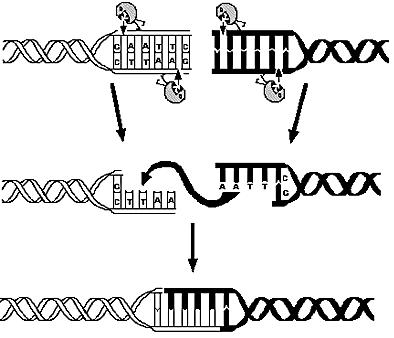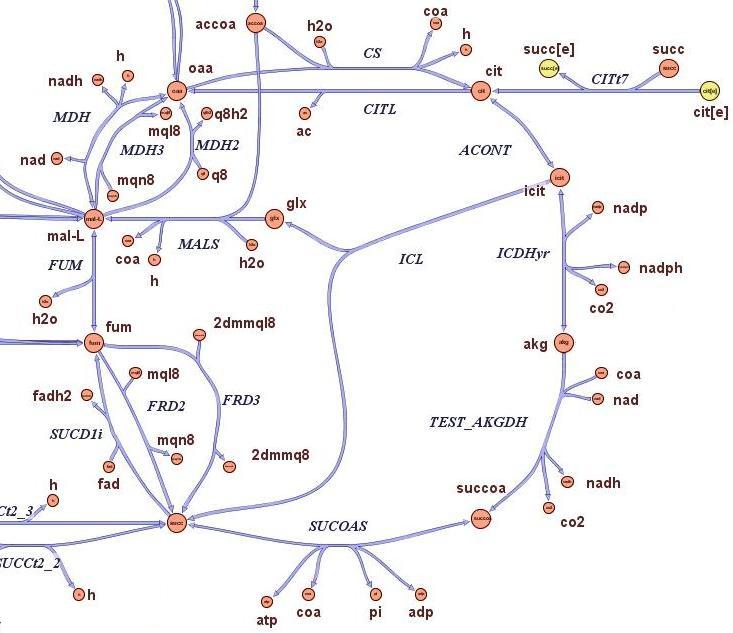Team:ETH Zurich/Modeling/Overview
From 2008.igem.org
Luca.Gerosa (Talk | contribs) (→Overview on the modelling framework) |
Luca.Gerosa (Talk | contribs) |
||
| Line 17: | Line 17: | ||
In the table below, you can find a bird-eye view on the four modules, with the most important aspects highlighted. Since we believe that a model is useful only when it answers specific and well-posed questions, this is the first aspect we report in the summary view. Second we briefly report about the modelling method applied. As last, we summarize the results we obtained. | In the table below, you can find a bird-eye view on the four modules, with the most important aspects highlighted. Since we believe that a model is useful only when it answers specific and well-posed questions, this is the first aspect we report in the summary view. Second we briefly report about the modelling method applied. As last, we summarize the results we obtained. | ||
By clicking on each module's title, you can browse the specific module pages containing all the detailed information, such as plots, modelling assumpations and data sources. It is as well possible to download all the data and code (written in MATLAB) that we wrote and used in order to generate the results. | By clicking on each module's title, you can browse the specific module pages containing all the detailed information, such as plots, modelling assumpations and data sources. It is as well possible to download all the data and code (written in MATLAB) that we wrote and used in order to generate the results. | ||
| - | |||
| - | |||
| - | |||
{| border="1" | {| border="1" | ||
Revision as of 15:11, 11 October 2008
Overview on the modelling frameworkThis page is meant to give an introduction to the the overall modelling framework we have constructed in order to asses feasibility analysis, temporal scale details and other parameter estimations that regard our project setup. As introduced in the project overview section, four main components can be identified in the deviced mechanism. Accordingly, we divided the modelling framework in four modules that tackles the relative problematics. The first module is concerned with the analysis of restriction enzymes and their cutting pattern on E.Coli genome, the second module predict the cell's response to the selection pressure and the forced genome reduction from a system point of view (that is, using a genome scale model), the third module addresses issues related to the sensitivity and setting of the chemostat mechanism, the fourth and final module presents the mathematic model of the genetic switch circuit used to control the restriction enzymes expression. In the table below, you can find a bird-eye view on the four modules, with the most important aspects highlighted. Since we believe that a model is useful only when it answers specific and well-posed questions, this is the first aspect we report in the summary view. Second we briefly report about the modelling method applied. As last, we summarize the results we obtained. By clicking on each module's title, you can browse the specific module pages containing all the detailed information, such as plots, modelling assumpations and data sources. It is as well possible to download all the data and code (written in MATLAB) that we wrote and used in order to generate the results.
|
 "
"


